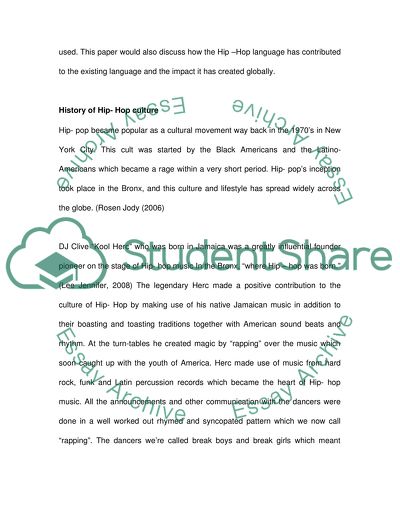Cite this document
(“Western Pop Culture Hip Hop Essay Example | Topics and Well Written Essays - 3500 words”, n.d.)
Retrieved from https://studentshare.org/social-science/1557467-western-pop-culture-hip-hop
Retrieved from https://studentshare.org/social-science/1557467-western-pop-culture-hip-hop
(Western Pop Culture Hip Hop Essay Example | Topics and Well Written Essays - 3500 Words)
https://studentshare.org/social-science/1557467-western-pop-culture-hip-hop.
https://studentshare.org/social-science/1557467-western-pop-culture-hip-hop.
“Western Pop Culture Hip Hop Essay Example | Topics and Well Written Essays - 3500 Words”, n.d. https://studentshare.org/social-science/1557467-western-pop-culture-hip-hop.


